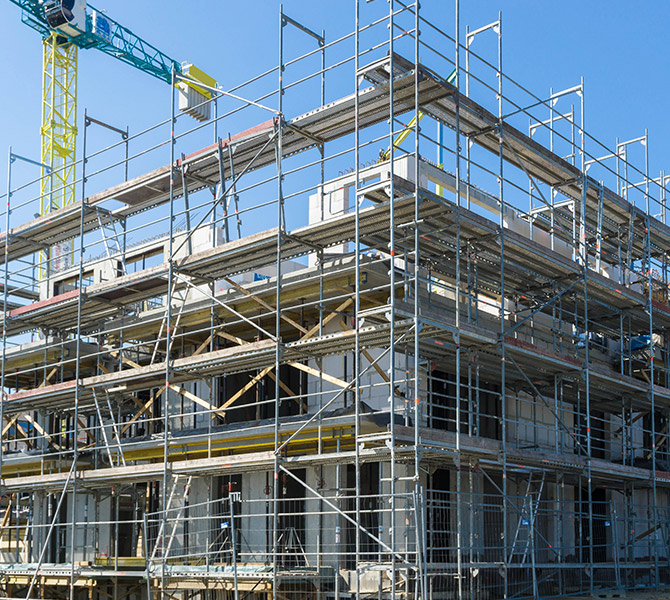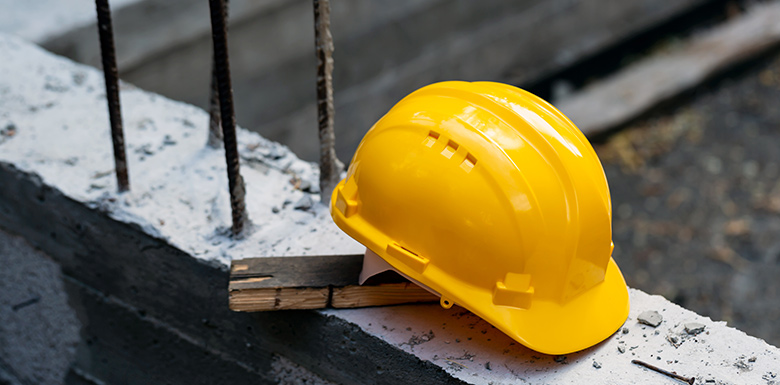Scaffold Accidents in New York City
New York laws make the owner and general contractor responsible for providing a safe construction site, so whether you were injured on-the-job or while passing by a worksite, you have legal rights and options to consider.
The Occupational Safety and Health Administration (OSHA) frequently cites New York construction companies for violations of scaffolding requirements and construction. Outside of construction workers, this same equipment can also present a threat to pedestrians and other non-workers.
If you were seriously hurt or lost a loved one in a scaffold accident, it’s critical to speak with an experienced New York scaffold accident lawyer as soon as possible.
Overview of Federal Statutes and New York Scaffold Law
Considering the potential for serious scaffold accidents, lawmakers and government agencies have established regulations to protect workers and the general public. OSHA is the key federal agency tasked with enacting a set of detailed, comprehensive rules regarding scaffolding equipment.
Some of the most important OSHA scaffold regulations cover:
- Assembly, installation, operation, and disassembly of scaffolding
- Size, load support, and construction material to reduce the risk of scaffolding collapse
- Training of employees in how to recognize scaffold fall hazards and procedures to minimize such incidents
- Precautions for scaffolding fall protection and safeguards against falling objects
- Many more regulations that require full compliance by New York employers
The OSHA regulations apply to all U.S. states, so there are multiple protections in place for New York employees. Still, there are some additional details regarding scaffolding under New York Labor Law 240, which can hold certain parties liable for scaffolding injury incidents.
A Deeper Look at New York Labor Law 240
New York’s Labor Law 240, the Scaffold Law, plays a crucial role in protecting construction workers, especially those working at heights. This law is directed at contractors in building construction, renovation, and demolition work. It imposes strict liability on site owners and contractors, ensuring they are held responsible for any gravity-related injuries that occur due to inadequate safety measures. Key points include:
- Strict Liability: The law places full responsibility on owners and contractors to ensure all safety equipment, such as scaffolds and ladders, is secure and meets safety standards. This is irrespective of the worker’s actions at the time of the accident.
- Safety Measures: It mandates rigorous safety precautions, including proper installation of scaffolding and the availability of necessary safety gear like harnesses and guardrails.
- Legal Protection: Injured workers can pursue claims for damages that go beyond workers’ compensation, potentially covering full medical expenses, lost wages, and pain and suffering.
- Application: It applies to all contractors and owners involved in the erection, demolition, repairing, altering, or cleaning of buildings, with the exception of owners of one- and two-family dwellings who do not control the work.
Finding a New York construction injury lawyer who understands how and why Labor Law 240 applies to your case is critical.
Types and Causes of Scaffolding Incidents in NYC
Despite OSHA scaffold regulations and New York scaffold law, accidents still happen on worksites with alarming frequency. Issues with scaffolding are ranked third on the Top 10 Most Frequently Cited Standards list for 2018.
Plus, incidents can occur even when an employer or contractor fully complies with relevant rules.
- Workers falling due to improper equipment or lack of guard rails
- Missing guard rails
- Falls caused by environmental conditions, such as ice, rain, wind, snow, and sleet
- Scaffold collapse caused by defective parts and parts failure
- Falls caused by improper loads or exceeding capacity of the scaffold
- Injuries caused by falling materials from above
- Injuries caused by lack of protective measures like toeboards or debris nets
Various other causes and factors may contribute to a NYC scaffold accident, regardless of whether there was a violation of safety laws. As a result, multiple parties may be accountable for your injuries, either as a worker or a bystander. Experienced New York scaffold accident lawyers can decipher the complex liability issues under such circumstances.
Common Injuries from Scaffold Accidents in NYC
Many factors affect the severity and nature of injuries victims suffer in a fall from a scaffold, such as the height of the scaffolding collapse, the type of surface below, striking objects during descent, and others. However, some of the most frequently occurring injuries in such a fall include:
- Traumatic brain injury (TBI), skull fracture, concussion, and other head injuries
- Spinal cord, and neck and back trauma
- Knee and shoulder injuries
- Bone fractures, especially in the extremities
- Bruises, cuts, and abrasions
Though falls are among the most frequent accidents on scaffolding, other incidents can cause bodily harm to a worker or other victims such as scaffolding and other objects falling from scaffolding resulting in injury. Some of these units are equipped with electricity for lifting, lowering, supplying power to tools, lighting, and other purposes. Scaffolding electric shock can result from defects or malfunctions, leading to burns, pain in the chest, shortness of breath, cardiac arrest, seizures, and fatal injuries.
Tell Us What Happened
"*" indicates required fields


